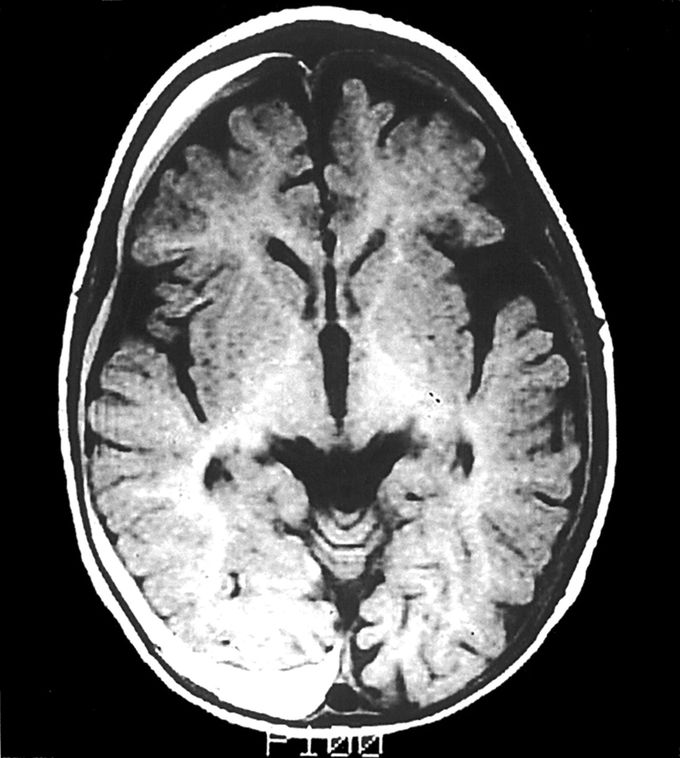


Battered Child Syndrome
Battered child syndrome refers to non-accidental injuries to child inflicted by adult caregiver. The physical abuse can range from bruises and cuts to violent shaking resulting in subdural hematoma. The brain damage secondary to shaking can cause neurological deficits, emotional instability, and death. Battered child syndrome is common in lower-income class due to persistent stress and social difficulties. In the long run, babies who are abused as may manifest the following signs and symptoms: - Inability to trust someone - Poor self-image - Extreme sexual behavior - Emotional instability - Anxiety, rage, anger etc - Self-abusive behavior - Suicidal tendencies - Difficulty in forming new relationships - Withdrawn behavior Battered child syndrome is diagnosed by healthcare provider. It is suspected when presentation to healthcare facility is delayed. The different healing stages of multiple injuries are indicative of battered child syndrome. The treatment is based on nature of injury. The care giver of the child may be removed or child may be taken by child protection services. Physical and psychological rehabilitation is the mainstay of management of battered child syndrome. Reference: http://www.healthofchildren.com/B/Battered-Child-Syndrome.html https://pmj.bmj.com/content/78/926/732

